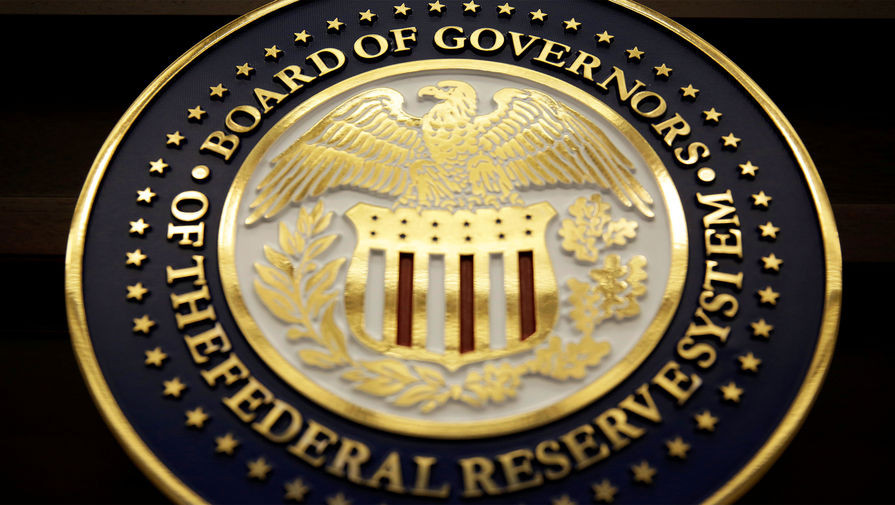
EUR/USD fell on Tuesday, while GBP/USD failed to cling to 1.1925 despite strong UK data. The primary reason is the upcoming US inflation report, which is expected to show significant growth. That will force the Fed to take a more aggressive approach on monetary policy.
In fact, Richmond Fed President Tom Barkin has already made a number of statements on how much interest rates should increase this month. He said he wants to bring rates to a neutral range as quickly as possible, without causing unintended damage to the US economy.

Barkin noted that the Fed may decide in favor of raising rates by 50 to 75 basis points at the upcoming July meeting, but much will depend on how much inflation rose in June. Today's data on US CPI may strengthen the determination of members to continue raising rates, provided that the value jumps to a record 9% y/y and 1.1% m/m.
A number of Fed officials already support a 75 bp rate increase, saying that it is necessary to curb inflation as quickly as possible, despite the recession that may occur in the US economy after that.
Considering all this, there is no more need to talk about purchases in euro and attempts of bulls to correct the situation. Only a return to 1.0050 will help EUR/USD halt the developing bearish scenario. In that case, the pair will rise to 1.0110 and 1.0180, but it will not be enough to shift the market into bullish. With regards to a further decline, it is very important for buyers to become active around 1.0000, otherwise the pressure on the pair will increase. Falling below the said level will push euro down to 0.9950 and 0.9915.
Similarly, there is no more need to talk about a correction in GBP/USD. Only a consolidation above 1.1920 will push the pound to 1.1980, where buyers will face much more difficulties. In the case of a larger upward movement, the pair could reach 1.2030. But if sellers push pound below 1.1870, the price will fall straight to 1.1820, and then to 1.1750.